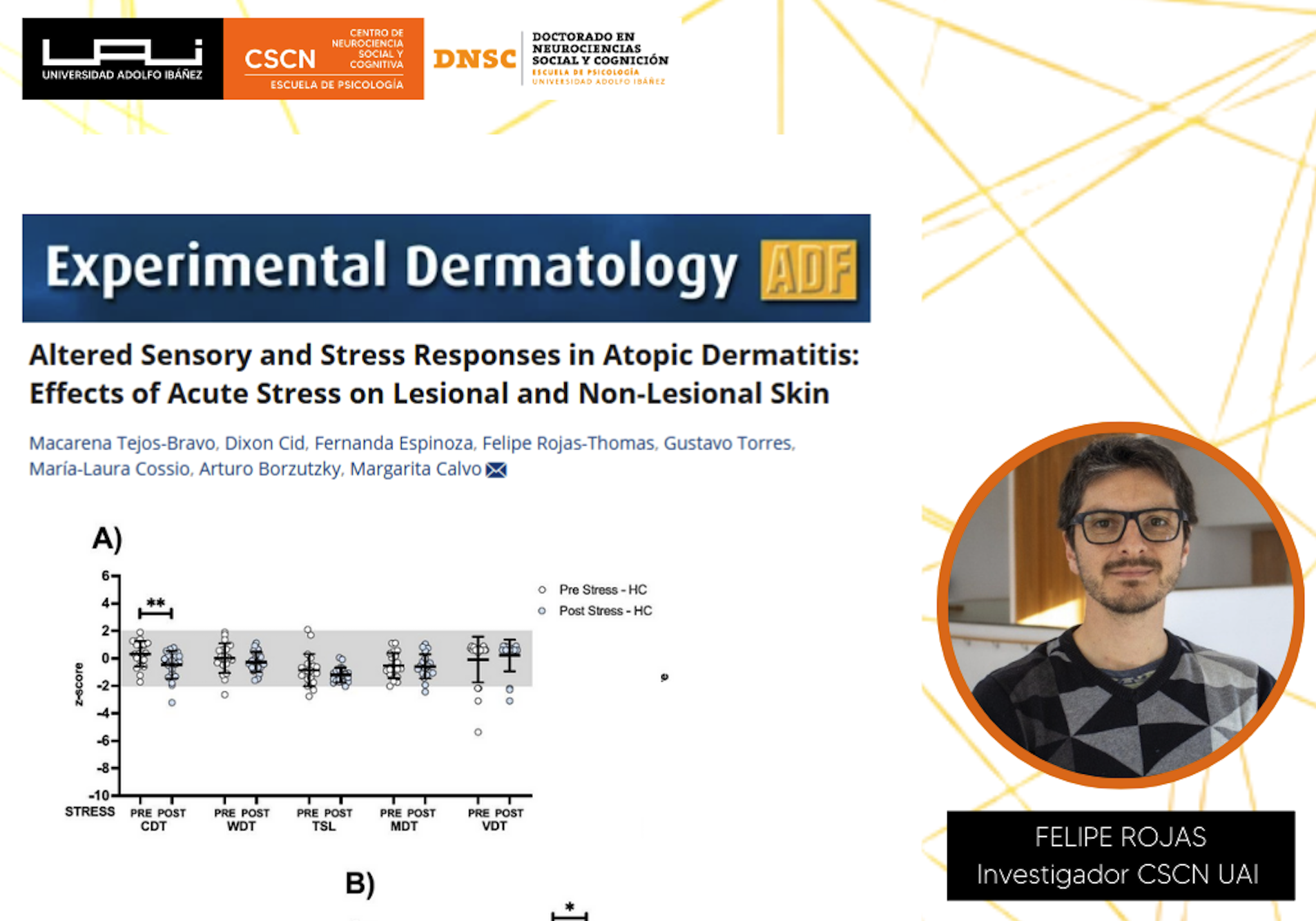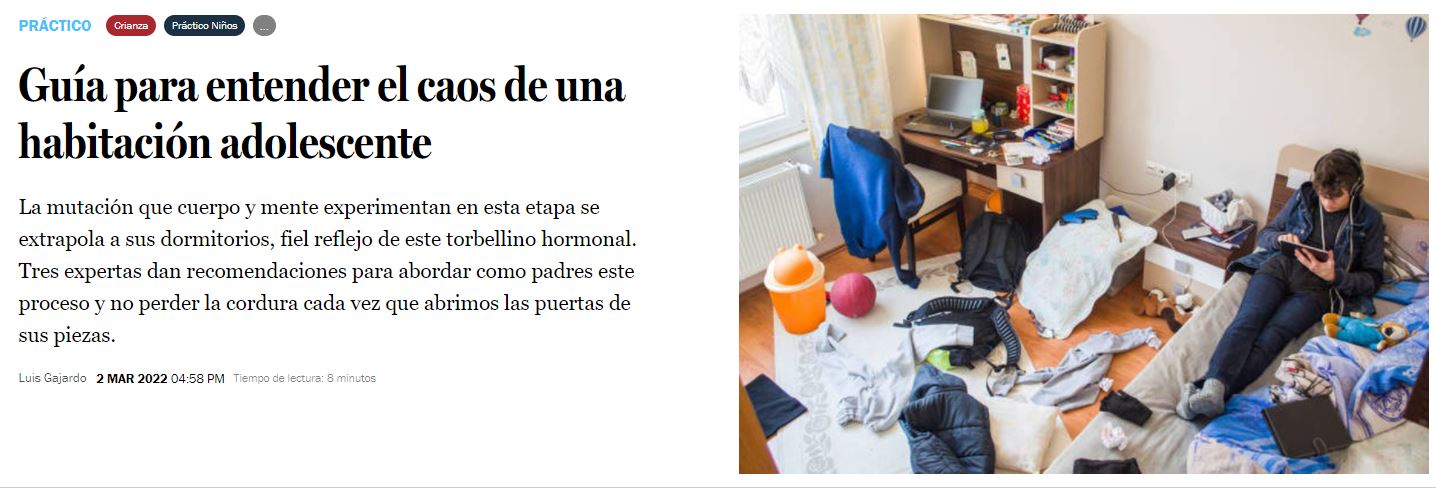Centro de Neurociencia Social y Cognitiva - UAI
Últimas Investigaciones
When alertness fades: Drowsiness-induced visual dominance and oscillatory recalibration in audiovisual integration
Felipe Rojas
Neurociencia Social
SABER +From disconnection to compassion: a phenomenological exploration of embodied empathy in a face-to-face interaction
Alejandro Troncoso, Antonia Zepeda, Vicente Soto, Ellen Riquelme, David Martínez-Pernía
Neurociencia Social
SABER +The spectrum of embodied intersubjective synchrony in empathy: from fully embodied to externally oriented engagement in Parkinson's disease
Antonia Zepeda, Alejandro Troncoso, Daniela Pizarro, Constanza Baquedano, Kevin Blanco, David Martínez Pernía
Neurociencia Social
SABER +Breaking the chains of independence: A Bayesian uncertainty model of normative violations in human causal probabilistic reasoning
Sergio Chaigneau
Neurociencia Social
SABER +Altered Sensory and Stress Responses in Atopic Dermatitis: Effects of Acute Stress on Lesional and Non-Lesional Skin
Felipe Rojas
Neurociencia Social
SABER +.png)

-(2).png)

-(1).png)






